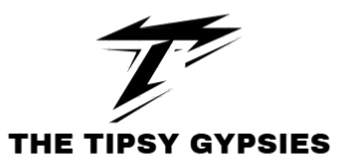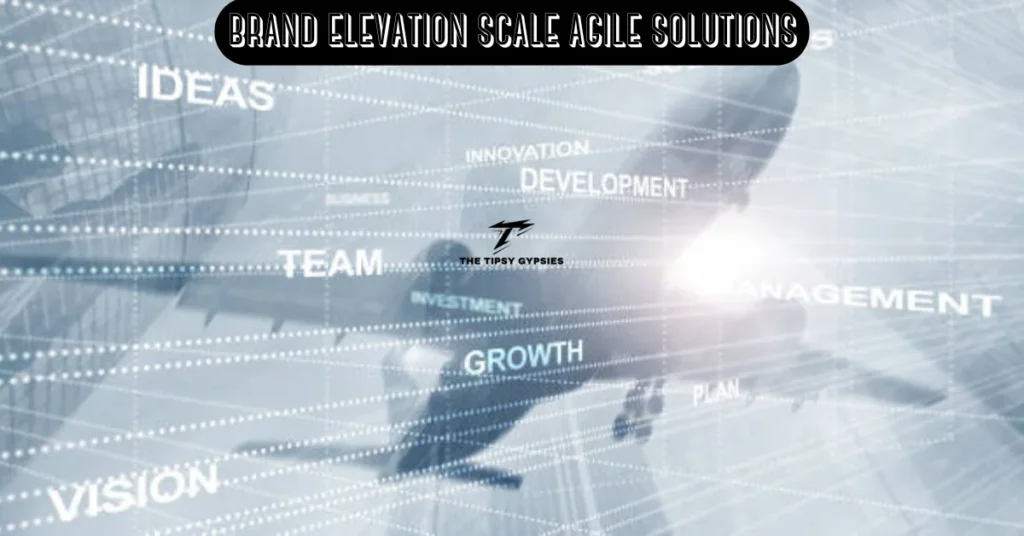Introduction to brand elevation scale agile solutions
In today’s fast-paced digital landscape, businesses are constantly searching for ways to stand out and resonate with their audience. Enter brand elevation scale agile solutions—a dynamic approach that not only enhances your technology execution but also aligns seamlessly with your enterprise vision. As organizations pivot towards agility in their operations, the need for a strong brand presence becomes paramount. It’s about more than just adapting; it’s about elevating your brand to meet the expectations of an ever-evolving market.
Imagine harnessing agile methodologies while simultaneously amplifying your brand’s value proposition. This synergy can unlock unprecedented opportunities for growth and innovation. Let’s explore how integrating these concepts can transform not just processes, but entire enterprises into impactful brands that captivate customers and drive lasting success.
Liked this? Don’t miss this closely related insight — read on!
The Need for Brand Elevation in Agile Solutions
In today’s fast-paced digital landscape, businesses must adapt quickly. Agile solutions offer the flexibility needed to respond to changing market demands. However, agility alone isn’t enough.
Brand elevation is essential for standing out in a crowded marketplace. It transforms how customers perceive your brand and its value proposition. Without this focus, even the best agile practices can fail to resonate with the audience.
Elevating your brand while implementing agile methodologies ensures that every project aligns with your overall vision. This alignment empowers teams to innovate without losing sight of what makes their offerings unique.
Moreover, an elevated brand fosters trust and loyalty among customers. This connection is crucial when navigating rapid changes or challenges inherent in agile environments. Integrating these elements creates a synergy that drives both immediate results and long-term growth.
Understanding the Brand Elevation Scale
The Brand Elevation Scale serves as a framework for assessing and enhancing brand value within agile solutions. It highlights the dynamic relationship between brand identity and market perception.
At its core, the scale focuses on several critical dimensions—awareness, engagement, loyalty, and advocacy. Each level represents how effectively a brand resonates with its audience in an agile environment.
Awareness is where it starts; consumers must recognize your brand before they can engage. The next step involves fostering meaningful interactions that deepen connections.
As customers transition from engagement to loyalty, their commitment solidifies. This transformation leads to advocacy, where satisfied customers become vocal supporters of the brand.
Understanding this progression allows organizations to identify areas needing improvement while ensuring alignment with overall enterprise goals.
How to Implement Brand Elevation in Agile Solutions?
To implement brand elevation in agile solutions, start by defining your core brand values. This clarity will guide every stage of the development process.
Next, foster open communication between teams. Agile thrives on collaboration, and integrating branding discussions into daily stand-ups can ensure everyone is aligned with the vision.
Utilize customer feedback as a compass for direction. Regularly engage users to understand their perceptions of your brand during iterations. Their insights are invaluable.
Incorporate design thinking methodologies. This approach encourages creativity while keeping user experience at the forefront of product development.
Establish metrics that connect agile execution with brand performance. Monitoring these indicators helps measure success effectively and pivots strategies when necessary.
Empower team members to be ambassadors of the brand throughout all stages of project delivery. When each individual champions the brand’s mission, it transforms how solutions resonate in the market.
Curious for more? Explore our latest ideas and fresh perspectives.
Case Studies of Successful Brand Elevation in Agile Solutions
One notable case is a tech startup that integrated brand elevation strategies into its agile processes. By focusing on customer feedback loops and iterative design, they refined their product offerings while enhancing brand visibility. This approach not only improved the user experience but also solidified their market position.
Another example involves a well-established company in the retail sector. They adopted an agile framework to revamp their marketing tactics. Through data-driven campaigns and personalized messaging, they elevated their brand identity significantly within six months.
A third case features a healthcare provider leveraging agile methodologies to enhance its service delivery. By aligning internal teams with patient-centric goals, they were able to elevate trust and engagement levels among patients, resulting in higher satisfaction ratings.
These examples showcase how organizations can successfully implement brand elevation through agile solutions tailored to specific industry needs and consumer expectations.
Challenges and Risks of Implementing Brand Elevation in Agile Solutions
Implementing brand elevation in agile solutions comes with its own set of challenges. One major hurdle is aligning the brand’s vision with rapid development cycles. Teams may struggle to maintain consistency while adapting quickly to changing market demands.
Another risk lies in resource allocation. Agile frameworks often prioritize speed, which can lead to underfunding branding initiatives or overlooking essential marketing strategies. This can dilute the brand’s identity over time.
Additionally, team members might lack proper training on the importance of brand elevation within an agile context. Without a shared understanding, efforts may falter or deviate from core goals.
Metrics for success can be elusive. Measuring the impact of branding alongside agile outcomes often requires sophisticated analytics that many organizations lack, leading to potential misinterpretations and setbacks in strategy execution.
Conclusion: The Importance of Integrating Brand Elevation with Agile Solutions for Long-term Success
The integration of brand elevation with agile solutions is not just a trend; it’s an essential strategy for organizations aiming to thrive in today’s dynamic environment. As businesses navigate the complexities of digital transformation, aligning their technology execution with a clear enterprise vision becomes crucial.
Brand elevation enhances your agility by ensuring that every solution developed resonates with your core identity and values. It drives engagement, builds credibility, and fosters loyalty among customers. When teams adopt agile methodologies while keeping brand principles at the forefront, they can respond more effectively to market demands without sacrificing their unique essence.
However, this journey doesn’t come without its challenges. Organizations must be vigilant about maintaining alignment between evolving business goals and consistent branding practices. Embracing transparency and fostering collaboration across departments will help mitigate risks associated with implementing these strategies.
Prioritizing brand elevation within agile frameworks leads to sustained success. Companies that master this balance become better equipped to adapt quickly while staying true to what makes them distinctive in a crowded marketplace. By committing to both innovation and identity, brands set themselves on a path toward long-term prosperity and relevance.
This standout post is trending now — see why everyone’s talking about it!






